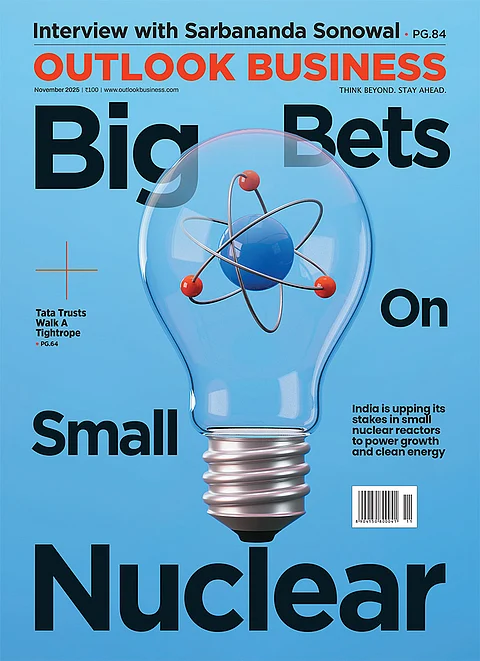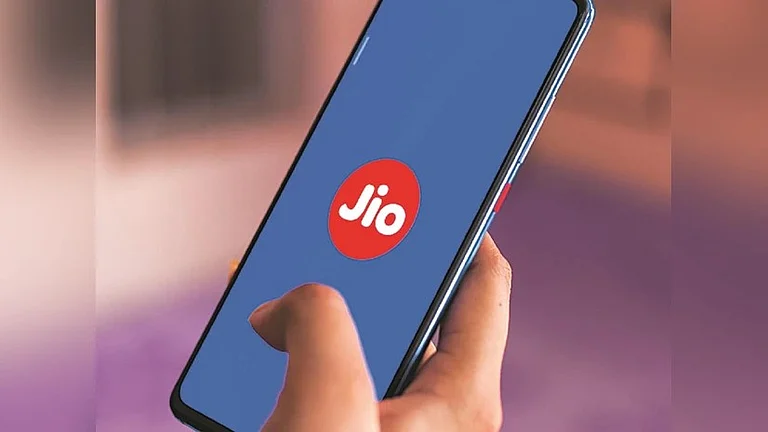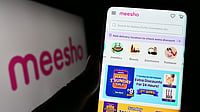Quick commerce giant Blinkit is likely to transition to an “inventory-led model” starting September 1. This will mark a shift from the current “marketplace model”, according to The Economic Times reports. Following this, Eternal’s 10-minute delivery arm has already informed its sellers of the change through an email.
The marketplace model allows sellers to list their products on Blinkit and pay the company for storing them in its warehouses, while the inventory-led model enables the platform to purchase and own the products it sells. It manages stock, pricing, and product listings directly.
Under the new model, sellers sell in bulk to the platform, which then resells to customers under its own brand or interface. In short, sellers have no visibility to end customers, and the platform's revenue comes from product margins.
On the other hand, sellers list their own products under their brand name or store ID in marketplace model. They usually pay a fee or commission to the platform to get listed on the marketplace.
Blinkit's Growth in Quick Commerce Space
The move comes at a time when Blinkit continues to strengthen its position in the quick commerce space. As per ICICI Securities report, both Blinkit and its rival Swiggy Instamart gained market share in Q1 FY26. During the same period, Blinkit recorded over 25% quarter-on-quarter growth in its gross order value.
Blinkit and Instamart’s large networks of micro‑fulfillment centers and deep pockets for subsidies have allowed them to consolidate market share even as the overall channel expanded at under 20%.
Blinkit is also steadily closing the gap with Zomato’s food-delivery app in weekly active users, signaling a notable shift in India’s online consumer preferences.
According to CLSA’s analysis of Sensor Tower data, Blinkit, already the leader in quick commerce, has further solidified its dominance in 2025. The gap between Blinkit and its closest competitor grew from 1.79 million weekly active users in early January to 7.7 million by late May, marking its widest lead to date.
Blinkit has gained 9.3 million subscribers year-to-date in 2025, leading the quick commerce sector, with Swiggy’s Instamart close behind at 8.2 million new users, making them the top two performers. Zepto, the second-largest standalone quick-commerce app, added 3.4 million users in the same period, while JioMart gained 3 million.
Blinkit, Zepto and Instamart collectively processed 4.15-4.45 million daily orders in March 2025, more than doubling the previous year’s volumes. Blinkit led with 1.65-1.75 million daily orders, followed by Zepto with 1.45 -1.55 million and Instamart with 1.05-1.15 million.































